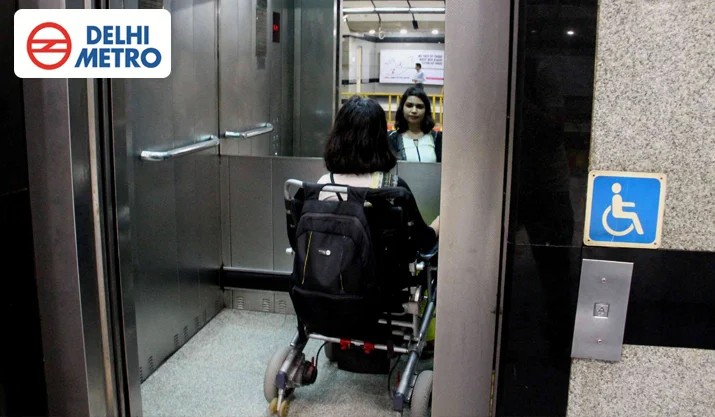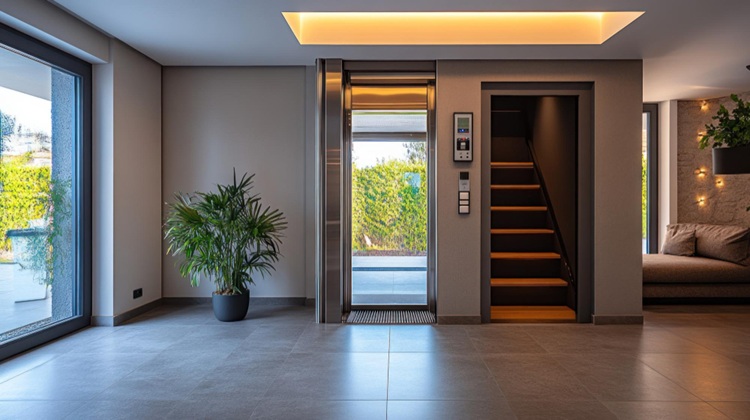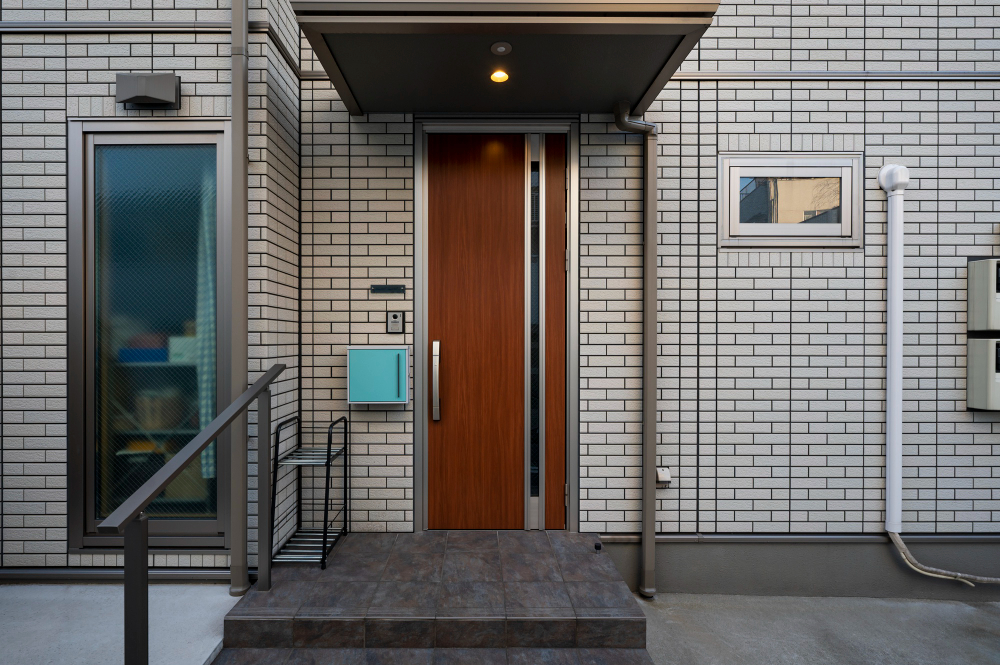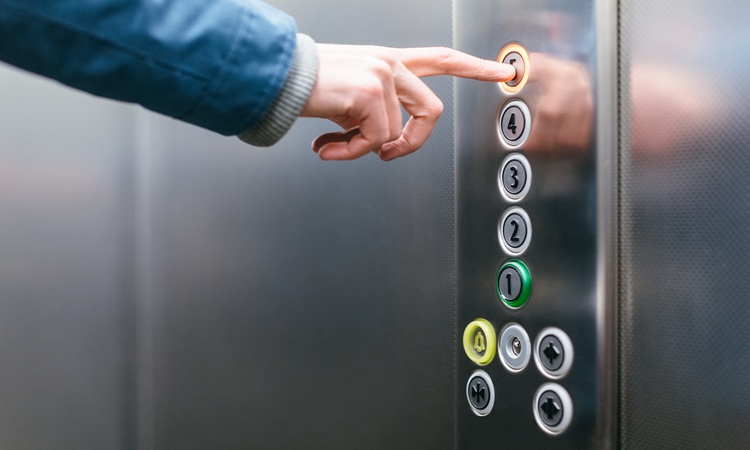ELEVATORS AS PUBLIC CONVENIENCE: THE DELHI METRO CASE STUDY
Post Date : Jan 16, 2020
Public convenience has always been one of the agendas of every ruling government as it wants to promote the idea of welfare and well-being amongst the people.
This is also needed because the government caters to a dynamic population whose age profile varies within the working population. It comprises people belonging to all age groups.
In order to achieve the objective of maximum governance and to fulfill the basic requirement of the working population, the government undertakes a number of contracts with the elevator companies to provide the vital service to the public.
This especially stands true for the metropolitan cities where there is a constant rush in life. In order to ease the movement of people, elevators serve as the best medium through which they can make their lives easier and quicker.
One such case where one can view the importance of elevators in the daily lives of people while travelling through public transport is the Delhi Metro in the Delhi city.
Being the capital of India, it comprises of 53.1 lakh working people out of which 15 lakh people travel on an average daily in Delhi Metro.
Delhi Metro is the heart and soul of the city by which people commute to their workplaces easily and makes travelling affordable as well as efficient.
With the implementation of the metro in Delhi, it has solved the problem of overloaded traffic and congestion, infrastructural issues and pollution menace.
An interesting fact about the construction of Delhi metro is that the man behind this project, Elattuvalapil Sreedharan, CEO of the Delhi metro project had kept a condition of “no political meddling” with this project.
Those who were found to be involved in it were immediately fired. Due to his strong ethical stand against corruption and political interference, he is hailed as the ‘Metro Man’.
Coming back to the significance of elevators, elevators have greatly helped the citizens to pace up their movement in the whole hustle and bustle movement of the citizens and to subsequently make the metro ride hassle-free in the following ways:
- Caters to special needs of the people - Those who are specially-abled, have medical ailments or pregnant women, elevators come as a support for their smooth movement without any problem caused to them.
- Makes the movement quicker - Apart from the physical support to the needy people, elevators are also a way of avoiding the fast rush on the stairs, escalators and platforms
- Helps in crowd management - It is known that the metro is always filled with people but at times, it becomes unmanageable to traverse through the crowds due to which elevators act as the alternate medium through which people can avoid the swaying rush.
Currently, the Delhi metro comprises 399 elevators spread across 140 metro stations and are regularly checked by a team of Inspector of Lifts which is nominated by the Government of National Capital Territory of Delhi.
Delhi metro is planning to make the elevator access smooth by evolving an automatic monitoring and rectification system in Phase III as well.
On a daily basis, 3 lakh people use the elevators on an average adding to the comfortable experience of travelling in the metro.
There has been an initiative to spread more awareness regarding the safe and correct use of the elevators for which Delhi Metro has tied up with Bharat Scouts and Guides of Northern railways.
They take up the responsibility to educate and guide the passengers to use the elevators properly in the Metro system on an everyday basis.
Hence, Delhi metro being the lifeline of the city, elevators act as a form of vertical engineering that has made the lives of the citizens stress-free and hence makes the metro journey a smooth and secure journey.
Public convenience has always been one of the agendas of every ruling government as it wants to promote the idea of welfare and well-being amongst the people.
This is also needed because the government caters to a dynamic population whose age profile varies within the working population. It comprises people belonging to all age groups.
In order to achieve the objective of maximum governance and to fulfill the basic requirement of the working population, the government undertakes a number of contracts with the elevator companies to provide the vital service to the public.
This especially stands true for the metropolitan cities where there is a constant rush in life. In order to ease the movement of people, elevators serve as the best medium through which they can make their lives easier and quicker.
One such case where one can view the importance of elevators in the daily lives of people while travelling through public transport is the Delhi Metro in the Delhi city.
Being the capital of India, it comprises of 53.1 lakh working people out of which 15 lakh people travel on an average daily in Delhi Metro.
Delhi Metro is the heart and soul of the city by which people commute to their workplaces easily and makes travelling affordable as well as efficient.
With the implementation of the metro in Delhi, it has solved the problem of overloaded traffic and congestion, infrastructural issues and pollution menace.
An interesting fact about the construction of Delhi metro is that the man behind this project, Elattuvalapil Sreedharan, CEO of the Delhi metro project had kept a condition of “no political meddling” with this project.
Those who were found to be involved in it were immediately fired. Due to his strong ethical stand against corruption and political interference, he is hailed as the ‘Metro Man’.
Coming back to the significance of elevators, elevators have greatly helped the citizens to pace up their movement in the whole hustle and bustle movement of the citizens and to subsequently make the metro ride hassle-free in the following ways:
- Caters to special needs of the people - Those who are specially-abled, have medical ailments or pregnant women, elevators come as a support for their smooth movement without any problem caused to them.
- Makes the movement quicker - Apart from the physical support to the needy people, elevators are also a way of avoiding the fast rush on the stairs, escalators and platforms
- Helps in crowd management - It is known that the metro is always filled with people but at times, it becomes unmanageable to traverse through the crowds due to which elevators act as the alternate medium through which people can avoid the swaying rush.
Currently, the Delhi metro comprises 399 elevators spread across 140 metro stations and are regularly checked by a team of Inspector of Lifts which is nominated by the Government of National Capital Territory of Delhi.
Delhi metro is planning to make the elevator access smooth by evolving an automatic monitoring and rectification system in Phase III as well.
On a daily basis, 3 lakh people use the elevators on an average adding to the comfortable experience of travelling in the metro.
There has been an initiative to spread more awareness regarding the safe and correct use of the elevators for which Delhi Metro has tied up with Bharat Scouts and Guides of Northern railways.
They take up the responsibility to educate and guide the passengers to use the elevators properly in the Metro system on an everyday basis.
Hence, Delhi metro being the lifeline of the city, elevators act as a form of vertical engineering that has made the lives of the citizens stress-free and hence makes the metro journey a smooth and secure journey.
By POLO Elevators - Elevator Suppliers & Manufacturers in Delhi






